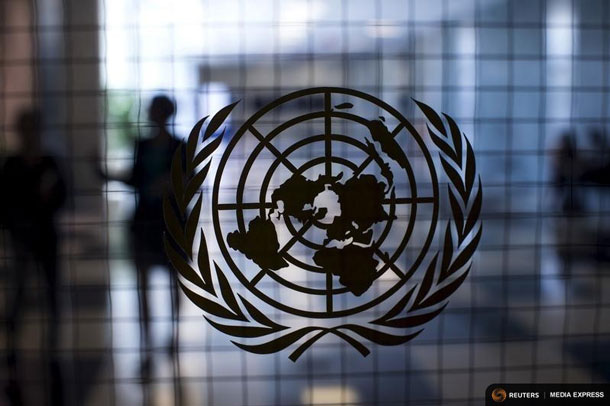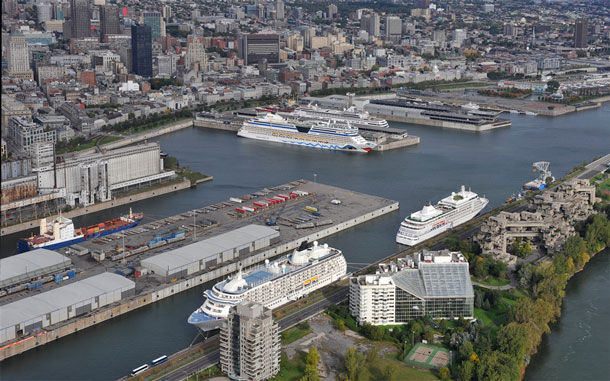

NAIROBI (Thomson Reuters Foundation) – When Charles Wachira, the proprietor of Maji Drilling Services, was contracted by a local church organisation to sink four borehole wells for a pastoralist community in north-central Kenya, his first worry was how to find water.
Wachira knew how much his services were needed. The Samburu community of Laikipia County uses water both at home and to raise the thousands of goats, sheep and cattle they keep as their sole source of livelihood.
But he also knew that it would be almost impossible to find reliable data on groundwater in the thirsty area.
Wachira spent weeks checking with fellow drillers, local non-governmental organisations and ranchers in the area to see if they had any statistics to help him figure out where the water was, whether it was good to use and how much was available.
The information they provided wasn’t sufficient, so Wachira had to carry out his own hydro-geological survey, at extra cost to the church that had hired him, before he could start drilling.
“Data on groundwater is never easy to come across in Kenya, yet it is critical in planning for drilling for this increasingly scarce resource,” he said.
As Kenya struggles through longer and more frequent droughts, the lack of reliable data on groundwater is becoming an increasingly urgent problem, experts say.
Without accurate statistics on the location, quality and quantity of groundwater, Kenya cannot properly plan for its increasingly harsh dry spells, they say.
“A common platform for data, accessible to all interested parties, is urgently needed,” said Sylvester Kiai, a hydrologist at the Kenya Water Industry Association (KWIA), a lobby group made up of water services companies and drilling contractors.
The data that is available mainly comes from Kenya’s multi-million-dollar water drilling industry, which has flourished over the past 15 years thanks to the sharp rise in demand for groundwater as streams, rivers and wells dry up.
But according to Kiai, the information is often inaccurate, piecemeal and only relevant to the person or project that collects it.
“As things stand, anyone wanting to construct a dam, for example, would have to pay millions of shillings to carry out a geological survey because data is disjointed and is held by different parties who generate it for their specific purposes,” he said.
Kiai would like to see the government use technologies such as Geographic Information Systems (GIS) to capture, store and analyse information on the country’s groundwater supply, and mobile phone applications to help share the resulting data.
“Water industry players, including the government, must now take advantage of available technologies to close the existing gaps and help in things like drought interventions,” he said.
The government should also work closely with the country’s water users associations to keep track of individuals drilling wells for commercial, domestic or agriculture purposes, Kiai said. Then industry players could pool their resources to gather information on wells, aquifers and boreholes, and share that data.
HOW ACCURATE?
The availability of data isn’t the only problem. Another issue is accuracy, said Wangai Ndirangu, director of the Water Capacity Building Network, a local NGO. Again, technology could be the answer, he said.
“The use of emerging technologies can help in enhancing the quality of statistics and this is very important to end frequent complaints over reliability of data,” Ndirangu said. GIS and remote-sensing technologies can be expensive but effective ways of correctly pinpointing the location of groundwater, he said.
According to John Philip Olum, head of the water ministry’s Water Resource Management Authority, the government is aware of the urgency of the problem and has started the process of mapping groundwater resources in select parts of the country.
Aquifers “have been mapped in parts of the central and Nairobi region and in areas south of Lake Victoria, and soon some parts of northern Kenya will follow”, he said, adding that the ministry is also making efforts to address the problem of unreliable data.
Until then, locating and managing groundwater in Kenya will continue to be an arduous and inexact task, drillers say.
After three weeks of research, contractor Wachira was finally able to drill wells for the Samburu villagers, giving them access to the water they needed. But he hopes that one day he will be able to get water to people faster and more efficiently.
“Life would become much easier for me and my business if reliable data was available on request,” he said.
(Reporting by Maina Waruru; editing by Jumana Farouky and Laurie Goering :; Please credit the Thomson Reuters Foundation, the charitable arm of Thomson Reuters, that covers humanitarian news, climate change, women’s rights, trafficking and corruption. Visit www.trust.org/climate)




